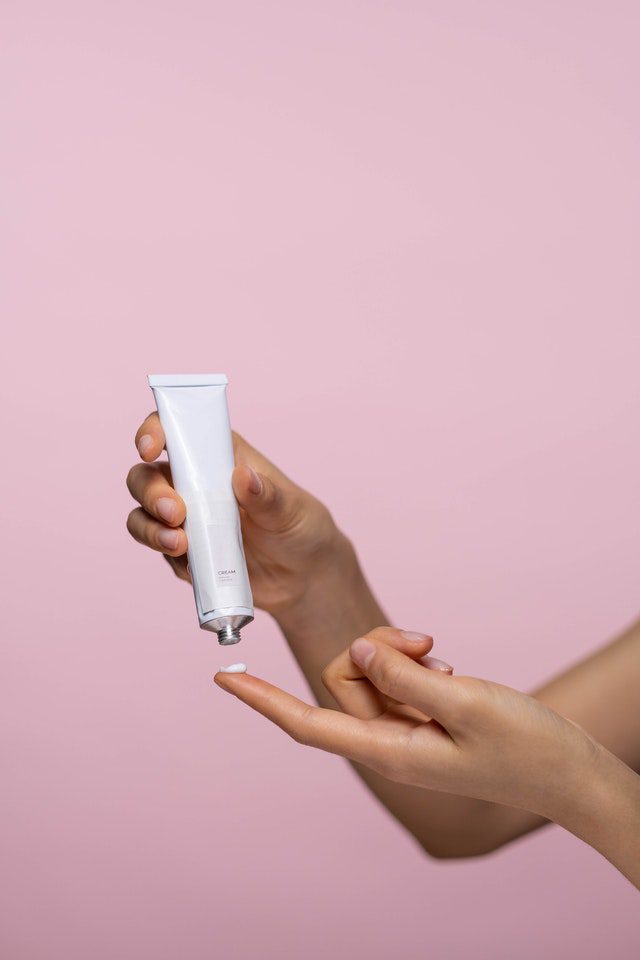Uses
Halobetasol topical is used to treat redness, swelling, itching, and discomfort of various skin conditions, including psoriasis (a skin disease in which red, scaly patches form on some areas of the body) and eczema (a skin disease that causes the skin to be dry and itchy and to sometimes develop red, scaly rashes). Halobetasol is in a class of medications called corticosteroids. It works by activating natural substances in the skin to reduce swelling, redness, and itching.
Side Effects Of Halobetasol Topical
Halobetasol topical may cause side effects. Tell your doctor if any of these symptoms are severe or do not go away:
- burning, itching, irritation, redness, or dryness of the skin
- acne
- tiny red bumps or rash around the mouth
- small white or red bumps on the skin
- unwanted hair growth
- change in skin color
- bruising or shiny skin
- red or purple blotches or lines under the skin
Some side effects can be serious. If you experience any of these symptoms call your doctor immediately:
- redness, swelling, or other signs of skin infection in the place where you applied halobetasol topical
- severe skin rash
- skin sores
- sudden weight gain
- unusual tiredness
- muscle weakness
- depression and irritability
- Children who use halobetasol topical may have an increased risk of side effects including slowed growth and delayed weight gain. Talk to your child’s doctor about the risks of applying this medication to your child’s skin.
Halobetasol may cause other side effects. Call your doctor if you have any unusual problems while taking this medication.
Warnings & Precautions
Before using halobetasol topical:
- tell your doctor and pharmacist if you are allergic to halobetasol, any other medications, or any of the ingredients in halobetasol topical products. Ask your pharmacist for a list of the ingredients.
- tell your doctor and pharmacist what prescription and nonprescription medications, vitamins, and nutritional supplements you are taking or plan to take. Be sure to mention the following: other corticosteroid medications and other topical medications.
- tell your doctor if you have an infection or have ever had diabetes, liver problems, or Cushing’s syndrome (an abnormal condition that is caused by excess hormones [corticosteroids]).
- tell your doctor if you are pregnant, plan to become pregnant, or are breastfeeding. If you become pregnant while using halobetasol topical, call your doctor.
- if you are having surgery, including dental surgery, tell the doctor or dentist that you are using halobetasol topical.
Halobetasol Topical Dosage
Halobetasol comes in ointment, cream, and lotion for use on the skin. Halobetasol topical is usually applied once or twice a day. Follow the directions on your prescription label carefully, and ask your doctor or pharmacist to explain any part you do not understand. Use halobetasol topical exactly as directed. Do not apply more or less of it or use it more often than prescribed by your doctor. Do not apply it to other areas of your body or use it to treat other skin conditions unless directed to do so by your doctor.
Your skin condition should improve during the first 2 weeks of your treatment. Call your doctor if your symptoms do not improve during this time.
To use halobetasol topical, apply a small amount of cream, ointment, or lotion to cover the affected area of skin with a thin even film and rub it in gently.
This medication is only for use on the skin. Do not let halobetasol topical get into your eyes or mouth and do not swallow it. Avoid use on the face, in the genital and rectal areas, and in skin creases and armpits unless directed by your doctor.
Do not wrap or bandage the treated area unless your doctor tells you that you should. Such use may increase side effects.
Ask your pharmacist or doctor for a copy of the manufacturer’s information for the patient.
Other
Keep all appointments with your doctor and the laboratory. Your doctor may order certain lab tests to check your body’s response to halobetasol topical. Do not let anyone else take your medication. Ask your pharmacist any questions you have about refilling your prescription.
It is important for you to keep a written list of all of the prescription and nonprescription (over-the-counter) medicines you are taking, as well as any products such as vitamins, minerals, or other dietary supplements. You should bring this list with you each time you visit a doctor or if you are admitted to a hospital. It is also important information to carry with you in case of emergencies.
Source
All information has been provided courtesy of MedLinePlus from the National Library of Medicine and from the FDA.



